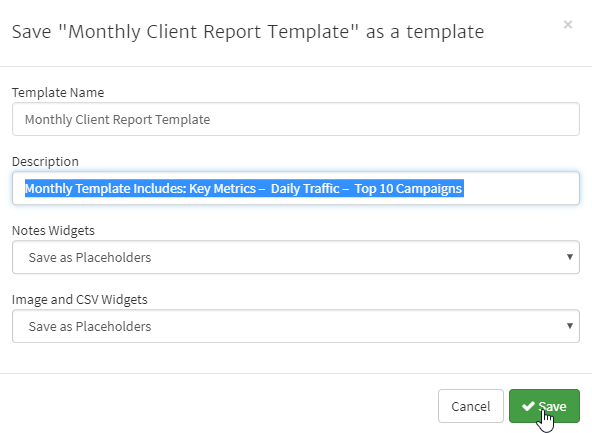May 21, 2024
The Value of Automated Reporting for Digital Marketing Agencies
By Megalytic Staff - February 08, 2018
Saves Manual Labor and Time for Agencies
With automated reporting, there is significantly less button pushing. Reports are no longer assembled by cobbling together parts of multiple spreadsheet exports. The time spent wrangling and standardizing inconsistent data formatting is drastically reduced. Once the initial mechanisms for data inputting have been configured reports can largely self-populate with the most recent data available. Over the course of months and years, automating this process can save agencies meaningful sums of payroll that were previously dedicated to tedious repetitive labor.
More Analysis and Insights
When agencies are relived of the largely manual efforts tied to data reporting, they can spend more time actually analyzing the data. Creating a report is really only the beginning, after all. Agencies can now allocate the time previously spent on assembling reports toward distilling the data to derive meaning from the reports. This allows analysts to focus on insights and strategies that can be used to create more value for the client.
Thorough analysis and thoughtful consideration take time and automated reporting make that time available. This additional breathing room is especially helpful during the time-crunched weeks at the beginning and end of month periods when most client reports are due.
Standardized Presentation
Even when reports are manually assembled, there is no inherent guarantee that the presentation of the reports will be the same from month to month. Human error and fallibility are ever-present factors in a manual process. When a client, or management, may only have a few moments to review the data they rely on consistent formats that allow them to locate information easily. They also need to know, clearly and concisely, what they’re looking at and why it is important.
Automated reporting helps ensure those precious moments are well spent. When reports can self-populate from a fixed template, reporting inconsistencies are greatly reduced. Once again, the initial configuration of the report setup may take a little more time. But the time savings over the long run more than makes up for it.
Data Self-Servicing
When reports don’t have to be manually created from scratch, they can be referenced at any time, by anyone who has the needs and permission to access the data. For agencies, this centralizes information and can reduce bottlenecks at report time. This also helps to improve efficiency in terms of scheduling and payroll allocation.
Automating reports can also increase the contributions provided by additional internal teams. When report updates don’t require the same one or two analysts to create and edit, then more voices can be heard - more insights can be contributed. Enabling additional employees to add their own updates and insights also frees up analysts to spend more time in campaign strategy and execution.
Easier Scope Changes
Automated reporting can also increase an agency’s ability to adapt to client needs. When the reports don’t have to be created by hand, it’s much easier to accommodate sudden or unexpected requests that change the scope of the reporting. Manual reporting can’t handle last-minute additions as easily. Even seemingly simple modifications to report scope can result in hours of extra work for agencies.
For example, if a client would like to change the date range of the reporting, or alter the frequency of the data points (daily, weekly, or monthly), a “new” report is just one or two clicks away. If year-over-year comparisons matter, that data is available and “ready”. If not, it can be toggled out of the report just as easily. Automated reporting reduces the amount of time and payroll that scope changes can cost agencies and their clients.
More Campaign Agility
When it’s time to strategically pivot within a campaign, unnecessary delays can keep the campaign bogged down and lower the value for the client. When reports are manually created every month, problematic issues can remain hidden from agencies and clients for long periods of time waiting for internal resources to free up and create the needed reports.
With real-time or self-serviced reporting, the data that provides alerts or suggests the need to pivot is not delayed. Essential and valuable changes to campaigns can be identified and then implemented more quickly. Improved agility saves clients’ money, improves campaign performance, and helps solidify the agency as a trusted and responsive partner, not just a service vendor.
Conclusion
Agencies, above all, want to do strong work that delivers measurable and attributable results to their clients. Button pushing, however, is a low value-add for clients. Automated reporting makes agency reporting easier, more meaningful and more cost-effective for their clients. If you are interested in discovering the value of automated reporting consider a Megalytic free trial for your agency.



